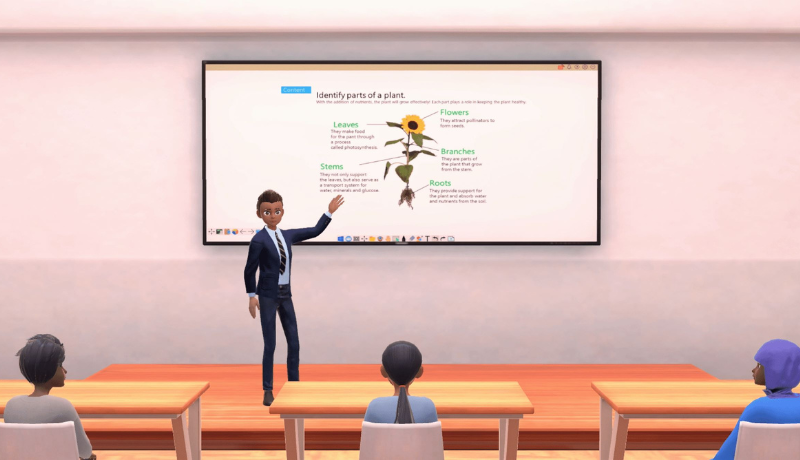3 January 2025, Fri |
8:44 AM

As the education sector rapidly evolves, so does the technology supporting it. Today global investment in educational technology has risen from $500m to $16.1b. This increase in funding and interest is indicative of a broader trend: businesses are increasingly turning to education technology to drive transformation and innovation. There are several EdTech trends that businesses should be aware of as we move into 2022 and beyond.
There is a growing demand for personalized and adaptive learning solutions. As education becomes more individualized, students will expect technology to be tailored to their specific needs. This trend is already apparent in the popularity of adaptive learning software and interactive education displays. In addition, there is an increasing focus on using data to drive instructional decision-making. As education becomes more data-driven, educators will need technology that can collect and analyse student data. The pandemic also rapidly accelerated the growth of online education as schools and universities moved to remote teaching and learning models. This trend will likely continue in the post-pandemic world as institutions look for ways to reduce costs and increase flexibility.
The continued and increasing adoption of artificial intelligence (AI) in education is a crucial driver behind the increase in investment in this space. AI is already being integrated in a number of ways in education, from powering learning analytics tools to providing personalized recommendations for students. And as AI continues to evolve, we can envisage even more innovative applications for it in education. There has also been an evident increase in virtual and augmented reality (VR/AR) use in the education industry. VR and AR are being used increasingly in education, both inside and outside the classroom. These technologies offer a unique way for students to engage with content and can be used for everything from enriching simulations to language learning. VR can be used for immersive learning experiences, while AR can be used to provide interactive and engaging content.

ViewSonic, for instance, has created an immersive digital learning platform designed to enhance out-of-classroom learning experiences and support educators with more creative freedom within online learning environments. With ViewSonic’s latest investment in the metaverse, teachers can use sophisticated teaching technologies such as screen-sharing, presenting a camera feed, and creating pop quizzes to best match the demands of each class. With ViewSonic’s UNIVERSE, students may collaborate in the main learning area or break out into separate meeting rooms for more focused discussions. Personalized avatars allow children to express themselves and interact with others. They may use intuitive controls to move about the digital campus and meet classmates within a secure digital environment where they’ll feel comfortable building meaningful connections.
The growth of online education has also propelled the influx of investments in this space. While online education has been on the rise for years, it saw an exponential shift during the pandemic. This growth will be further driven by factors such as the increasing affordability of online education and the continued expansion of high-speed internet access. Moreover, mobile devices are becoming increasingly popular among students and educators alike. As a result, we can foresee a surge in the use of mobile-based learning solutions, such as apps and e-books, as well as more BYOD (Bring Your Own Device) friendly classroom solutions. The growth of gamification in education is another trend to keep an eye out for in the years to come. Gamification is the integration of game-based elements into non-game contexts. In education, it can be used to make learning more engaging and fun. Gamification can take many different forms, such as incorporating game-like features into existing educational software or using games as a teaching tool. Gamification is already being used in education and can be used to make learning more engaging and fun, and it can also be used to motivate students to achieve their goals. The expansion of education technology into new areas is resulting in the development of advanced tools and solutions. Edtech is no longer just about computers and software; it now encompasses a wide range of technologies, including wearables, robotics, and even drones. As EdTech continues to evolve, we can expect to see even more innovative applications for it in education.
The education landscape is constantly evolving, and EdTech businesses must adapt to stay ahead of the curve. In the next few years, we can expect to see more artificial intelligence (AI) and machine learning being used in education. This shift will allow for more personalized and adaptive learning tools to better meet students’ needs. Additionally, as our world becomes increasingly digitized, it’s essential for the education industry to keep up with the times by incorporating more emerging resources and technologies. By doing so, relevant and applicable education can better prepare students for the future and set them up for success.